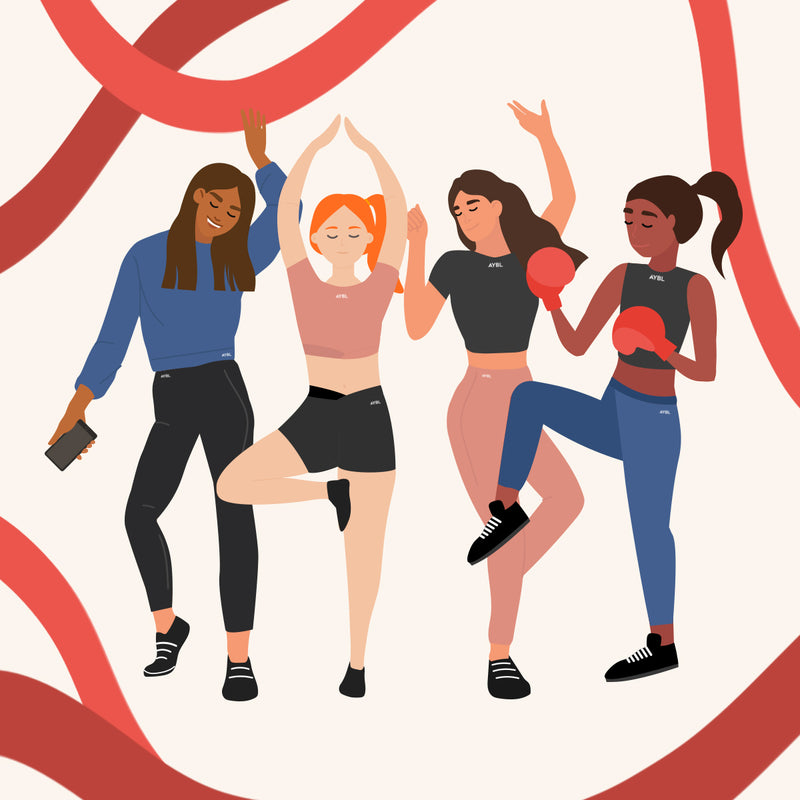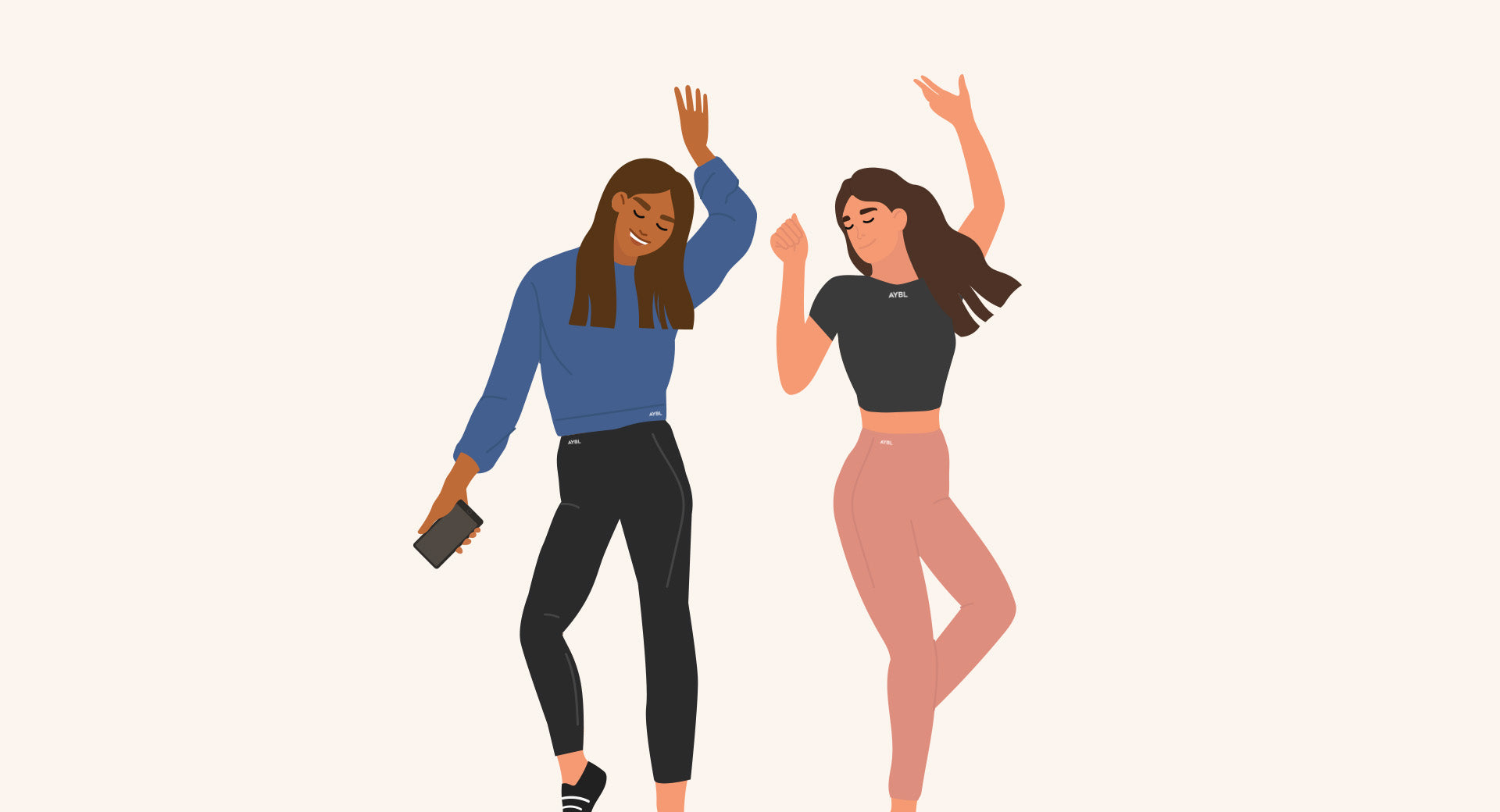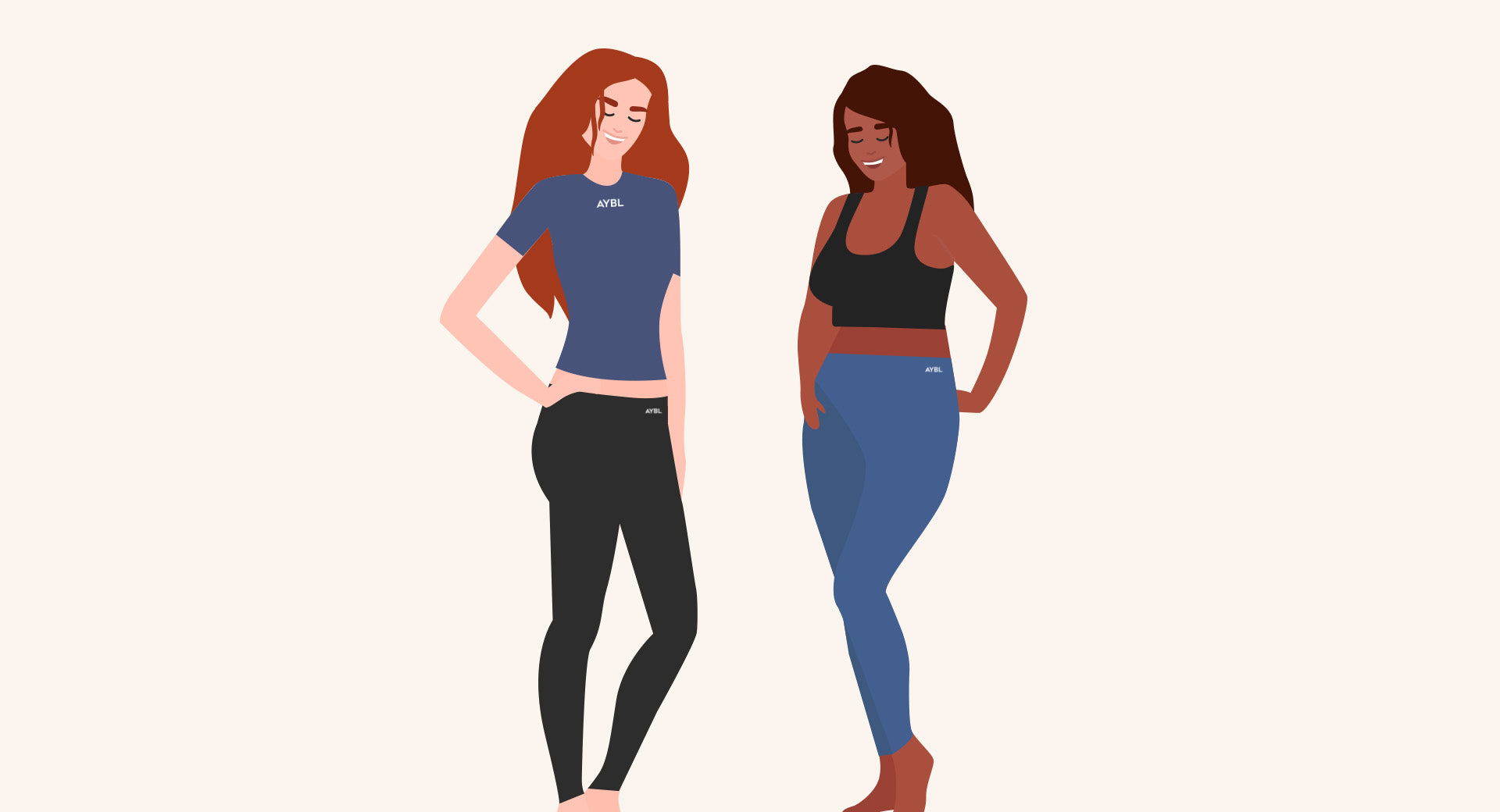
The 8 Best Alternative Workouts To The Gym
Let’s face it, ladies, the gym is like marmite, you either love it or hate it. While for many of us, the gym is like a second home, for others it’s quite simply a chore. Whatever the case, it’s always a good idea to shake things up and keep your workouts fresh.
Luckily for you, there are countless ways to keep fit without the gym. From HIIT sessions to an outdoor run, there’s something that everyone will find worth breaking a sweat for.
1. YOGA
If you prefer a calmer, less-intensive approach to your workouts, yoga could be the perfect alternative for you - and the best part is, it can be done just about anywhere.
Not only does yoga have great physical benefits, it’s also an effective way to keep your mind and soul healthy. As well as that, regular yoga practice can enhance your mobility and flexibility whilst also serving as an effective cool-down after your workouts.
Discover how else yoga can benefit you here.
If that wasn’t enough to tempt you, we’ve just launched our very first yoga-collection, Flow, which has been designed to add the perfect measure of comfort and flexibility to your studio-based workouts.

2. RUNNING
Like yoga, the beauty of running is that you can do it almost wherever, whenever and at a pace that suits you. So, whether you fancy a run through a scenic landscape or on a treadmill in the comfort of your own home, the possibilities are endless.
Going for a run is one of the simplest (and cheapest) alternatives to the gym and is also one of the most effective ways to lose weight. On top of that, running has been linked to building stronger bones, regulating your sleeping pattern, improving cognitive function, relieving stress and boosting your mental health and immune system.
If you’re new to running, we recommend trying the NHS’ ‘Couch to 5K’ scheme.
3. HIIT SESSION
For those of you who seek a challenge, a HIIT session may just be the best way for you to get a full body workout without having to step foot inside a gym.
Designed to condition your entire body, HIIT consists of short bursts of exercises, followed by a short break afterward, making them ideal for those of you who may be stretched for time.
While HIIT is undoubtedly hardcore, the benefits are unmatched and you don't need to do it for a long period of time to see the results. This style of workout will improve your strength, stamina and cardio levels quickly and effectively.
So, if you’re not afraid of breaking a sweat and enjoy the burn of weighted lunges, dumbbell curls and squats, this is one guaranteed way to blitz your body to peak fitness.
4. DANCE
If you love cardio, but the thought of doing HIIT makes your stomach turn, dance could be a great way to take your workouts to the next level. Besides, the best of it is, it’s so much fun that it doesn’t even feel like working out. Think Just Dance, but better!
Consisting of maximum cardio that requires you to keep your body moving at all times, there are countless styles of dance to choose from. From hip hop and salsa to ballet and contemporary, there’s something for everyone.
So, put on your dancing shoes and check out these YouTube channels:
Ti & Me TV
FitLara
Lucie Fink

5. HULA HOOP
Fancy taking a trip down memory lane? Relive those childhood memories of hula-hooping and discover a new way to bring the hype to your workouts. After all, nobody said working out had to be boring, right?
That being said, whilst it may look like fun and games, hula-hooping is designed to fire up your core. Trust us, this is certainly not child’s play. This exercise will also help you to build muscle in your hips, glutes and thighs, as well as help to strengthen your lower back.
If you want to take things up a gear, why not try a weighted hoop?
6. JOIN A SPORTS TEAM
Working out doesn’t have to be done alone. In fact, some of the best ways to keep fit include working alongside others.
Which is why, if traditional workouts, such as the gym or running aren’t for you, we definitely recommend joining a sports team to switch things up. With more than 400 recognised sports, it’s safe to say, you won’t struggle for choice.
Whether you consider yourself the next Serena Williams or Simone Biles, participating in sport is a great way to keep up your fitness levels, as well as meet new people. So, if you’re somewhat of a social butterfly, this one’s certainly for you. It’s like we said, working out doesn’t have to be boring.

7. SKIPPING
There are plenty of benefits to skipping, including improved coordination, improved stamina and it’s an easy way to build cardio into your weekly fitness schedule.
We love any workout that helps us to burn calories and have fun whilst doing it and skipping for 10 minutes is said to reap similar benefits to that of a 30-minute run. We know what we’d rather…
And that’s not all! Jumping rope is an effective way to increase your lung capacity for oxygen intake, which not only improves your stamina, but your endurance levels too. Reduced tiredness and enhanced endurance? You don’t need to ask us twice.
8. BOXING
This is arguably not one for the faint-hearted, however, boxing is definitely one worth trying if you’re looking for a full-body workout that also gives you some extra street cred.
Surprisingly enough, you don’t need to be an expert to give boxing a go, just heaps of enthusiasm. You can find plenty of guided classes for beginners online or discover a club near you.
The benefits of boxing include improved heart health, weight loss, improved balance, stress relief and reduced blood pressure.

If you’re looking for ways to exercise without going to the gym, the best way to go about it is, quite simply, to think outside the box. There are plenty of options out there, so we’re absolutely certain you’ll find something you’ll love. Try something new, step outside your comfort zone, but above all, have fun.
Remember, girls, a successful workout is all about keeping active in a way that suits you.